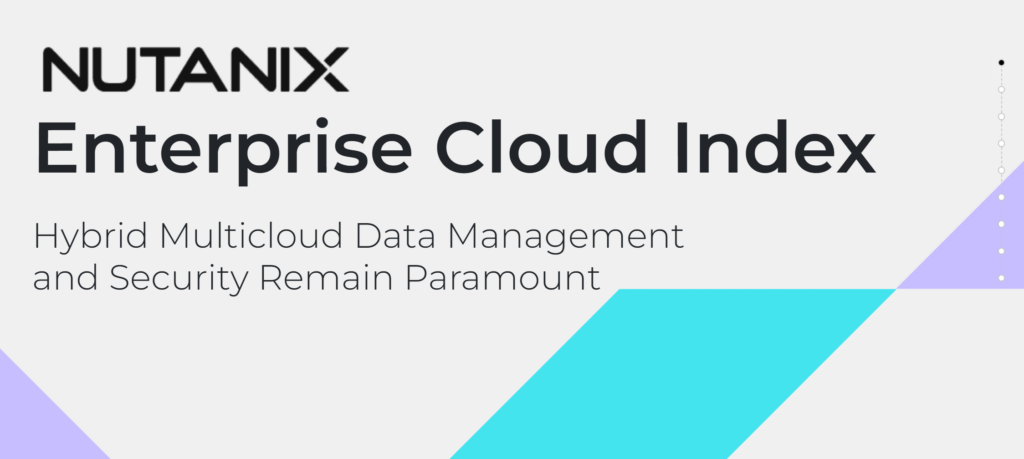Cloud computing is a fundamentally virtualized entity. We know that organizations get their cloud services delivered down various pipes, channels and conduits that stem from the datacenter engine rooms that power the cloud and its networked connection points. But as virtualized as cloud therefore is, the real world impact of using SaaS resources is just about as tangible as a coal mine.
Clouds need datacenters, datacenters need cooling, power, electricity, maintenance and all the public utility requirements that you would expect to find in any industrial facility. All of this means that the software ‘engines’ running our cloud services do have a measurable environmental impact.
PUE and beyond…
Most enterprise cloud customers or any reasonable size will have assessed their cloud provider’s datacenter Power Usage Effectiveness (PUE) rating; it’s a core quantification measure used to identify energy efficiency in the cloud era.
But as useful as PUE is, we can go further. We can also make sure that we build the most efficient cloud instances possible and that we move our cloud resources to the most energy-efficient Cloud Services Provider (CSP) datacenter possible, where local governance and compliance regulations allow.
In the hybrid multicloud world of computing capacity that we now depend upon, it’s important to be able to use carbon and power measurement tools to understand how different factors can influence a customer’s environmental footprint. Further here, we can dovetail this all-too-often overlooked and untapped assessment of infrastructure with valid Validated Designs services to make sure all cloud instances are built to precision-engineered standards.
By making these decisions, organizations can meet power and carbon goals by optimizing IT infrastructure through a reduced footprint, on-demand resource scaling and fast and easy workload movement between on-premises and cloud options.
ECI – Enterprise Cloud Index
According to the 5th Annual Enterprise Cloud Index, for 92 percent of IT decision makers sustainability is more important today than it was a year ago. That might sound like a really high number but a) it’s a reality and b) it’s real because it is a development driven by an increasing number of pending and imposed regulations globally that add to the heightened interest in this space.
As sustainability comes into view for many enterprises, they will naturally now have to develop full-blown Environmental, Social & Governance (ESG) strategies and policies that they implement across all office locations. This process will fundamentally need to encompass practices designed to minimize an organization’s environmental impact from its IT stack.
Our own carbon and power estimator product provides users with a report that helps illustrate how infrastructure choices can impact an environmental footprint with regard to power and emissions, with insights for developing more sustainable IT strategies. Based on user inputs regarding workloads, the efficiency of the datacenter and location, an organization can conceptualize how IT choices can help them meet their sustainability goals.
We know that a huge number of organizations don’t have a clear view into what drives carbon and power consumption across their business. Attaining this knowledge is an important first step for enterprises on their sustainability journey – and is a journey – organizations will need to think about long term planning to support sustainability excellence for the long term, but short-term insight is essential, which is why supporting tools are so important.
Know your MTCO2
With a carbon and power estimation tool at hand, an organization could see that if a company deploys its cloud infrastructure for general virtualisation use cases with 300 virtual machines (VMs) in datacenter with a Power Usage Effectiveness (PUE) of 2.0, it would generate an estimated 68 metric tons of carbon dioxide (MTCO2) annually. If, on the other hand, the organization was able to find a way to bring the datacenter’s PUE down to 1.5, this change would reduce the emissions estimate by 17 MTCO2 to 51 MTCO2.
There are geographic factors to think about here too. It actually matters (obviously perhaps) where each and every individual cloud instance is. Geography, which can play a major factor in sustainability. If I may once again point to our own carbon and power estimator, this tool demonstrates the impact of moving workloads to geographies that leverage low carbon sources for energy generation compared to fossil fuels, which have a higher carbon intensity.
For example, if the same general virtualization use case described above, with the reduced PUE of 1.5, were moved to a datacenter in (let’s say) Sweden (well, it’s generally cooler there than most places, right – but please stay with me because that’s actually why this matters), then the estimated carbon emissions would drop from 51 MTCO2 to just two MTCO2.
This is because Sweden leverages a relatively high share of low-carbon energy sources to power its grids. Organizations need to get a clear view into why migrating workloads can be a viable part of a sustainability strategy.
Thinking about sustainability as a core business essential inside every firm’s mission statement and operational remit is now a necessity. There is really no time to waste, so the need for action is now. As we as an industry now further refine and extend tools to make carbon and power estimation and measurement even more accurate, then we can all enjoy cleaner clouds for all.





